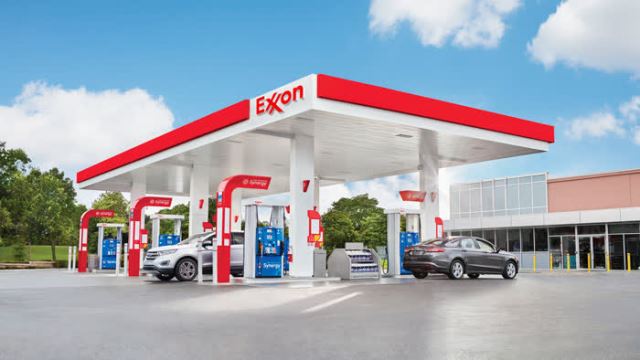Exxon Mobil has unveiled its strategic plan to maintain annual project spending between $22 billion and $27 billion through 2027, marking a continuation of existing spending and production targets, Reuters news report said.
The update, closely watched by investors for its impact on spending and production, highlights the exclusion of anticipated gains from the pending $60 billion acquisition of Pioneer Natural Resources, set to finalize in the coming year. This acquisition has attracted attention from the U.S. Federal Trade Commission, prompting two requests for information on the deal.
The company’s annual forecast holds particular significance this year due to the impending acquisitions of Pioneer and carbon pipeline firm Denbury, both pivotal to Exxon’s long-term objectives.
Exxon’s recent acquisition of Pioneer for nearly $60 billion, an all-stock deal expected to close in the first half of 2024, aims to significantly boost production in the top U.S. shale field to 2 million barrels per day (bpd) by 2027. Additionally, the $4.9 billion acquisition of Denbury has been positioned to fortify Exxon’s carbon business.
However, Exxon’s estimated production growth for the upcoming year excludes approximately 700,000 bpd attributed to the Pioneer acquisition, which is anticipated to double Exxon’s Permian shale oil and gas output to over 1.3 million bpd.
The company’s spending outlook highlights increased allocations for its Low Carbon Solutions unit, escalating to $20 billion between 2022 and 2027, up from the initial projection of $17 billion. This surge in spending, however, necessitates governmental support.
Exxon’s CEO, Darren Woods, emphasized the need for steadfast policy support, transparent carbon pricing, and customer commitments to facilitate increased investment in low-carbon initiatives.
Post the Pioneer merger closure, Exxon plans to elevate its share buybacks to $20 billion annually until 2025, up from the current $17.5 billion. Simultaneously, the company’s divestment strategy for its refining operations will persist.
However, the market’s response to Exxon’s announcement has been tepid, with shares marginally falling in pre-market trading. Analysts have expressed concerns regarding the company’s production targets excluding contributions from Pioneer, along with higher-than-expected spending forecasts.
Biraj Borkhataria, associate director at RBC Capital, indicated potential expenditure reaching $32 billion by 2027, surpassing market expectations. He highlighted the need for Exxon to persuade investors regarding the merits of increased low-carbon spending.
Exxon’s roadmap includes a projected annual earnings and cash flow increase of $14 billion through 2027, attributed to cost reduction measures, amplified oil output from Guyana and U.S. shale, and gains in its refining and chemicals business. The company forecasts a $37.2 billion profit for this year.
Cost-cutting initiatives are slated to expand by $6 billion through 2027, building upon a $9 billion reduction from 2019 levels. This strategic approach follows Exxon’s response to a historic $22 billion annual loss in 2020.
The company anticipates a production boost to 3.8 million barrels of oil equivalent per day (boepd) in 2024, up from 3.7 million bpd this year, driven by investments in the Permian shale basin and Guyana.
Exxon officials are expected to provide comprehensive insights into the plan during a scheduled conference call later today, offering further clarity on the company’s strategic trajectory and financial projections.

